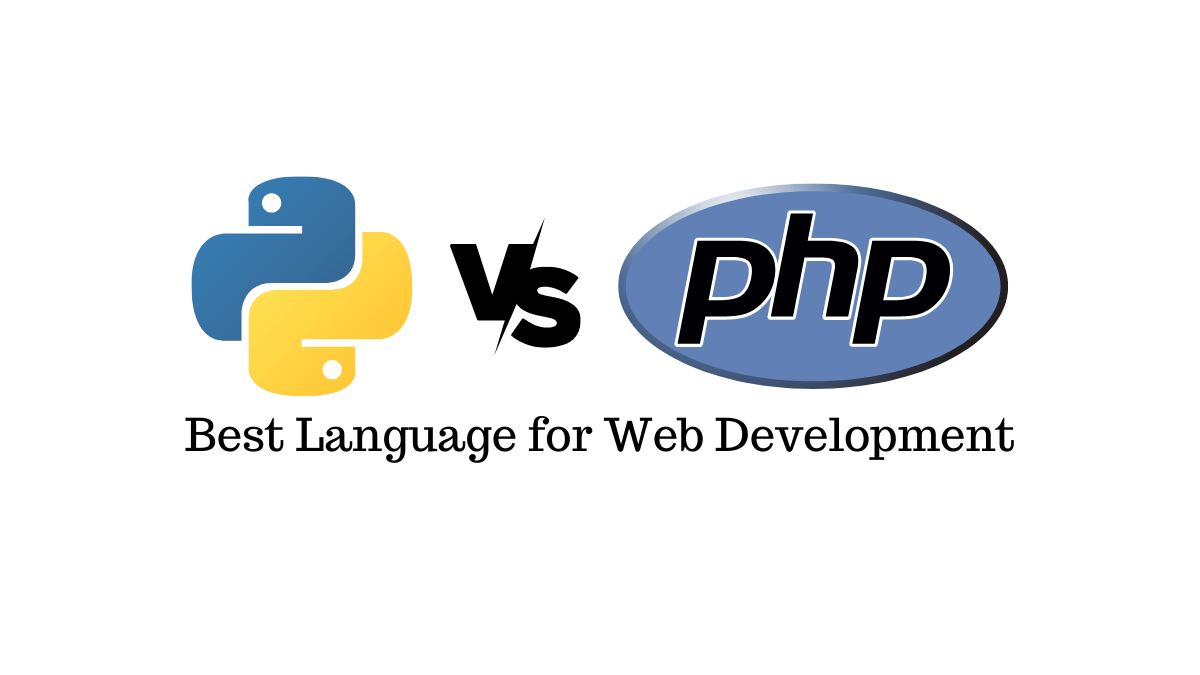
Blog Articles
Unlocking Serverless Computing with AWS Lambda
Table of Contents
Introduction:
Amazon Web Services (AWS) offers the serverless computing service known as AWS Lambda. When users write functions—self-contained programs in one of the supported languages and runtimes—and upload them to AWS Lambda, the platform efficiently and flexibly carries out the functions. Any computing task, including serving webpages, processing data streams, contacting APIs, and integrating with other AWS services, can be carried out by Lambda functions. “Serverless” computing refers to the idea of not needing to maintain your own servers in order to perform these tasks. Fully managed AWS Lambda service will take care of all your infrastructure needs. Therefore, “serverless” doesn’t imply that there aren’t any servers; rather, it simply indicates that the servers.
Working of AWS Lambda
Every Lambda function runs in its own specific container. AWS Lambda runs newly created functions on shared computer clusters that are managed by AWS by enclosing them in brand-new containers. Prior to execution, AWS allots each function’s container the required amount of RAM and CPU power. The total cost is calculated by multiplying the original memory allocation by the function execution duration after the function has finished its job.
AWS manages the whole infrastructure layer of AWS Lambda. Customers don’t have much access to the system’s workings, but they also don’t have to worry about maintaining the underlying hardware, avoiding network congestion, etc.—AWS handles all of this on their behalf.
Additionally, adopting AWS Lambda might save you time on operational responsibilities because the service is fully controlled. Even while this also means you give up the freedom of operating your own infrastructure, you can spend more time concentrating on the application code when there is no infrastructure to maintain.
The ability to execute several instances of the same function, or various functions from the same AWS account, concurrently is one of the unique architectural features of AWS Lambda. Furthermore, Lambda is unaffected by variations in concurrency caused by the time of day or day of the week; you are only charged for the compute that your functions require. Because of this, developing highly scalable cloud computing solutions is an excellent fit for AWS Lambda.
Importance of AWS Lambda in Serverless Architecture
AWS Lambda is an essential part of the serverless architecture because it provides the core compute layer for running serverless applications. Lambda functions are invoked in response to events generated by other AWS services or external applications. This makes them ideal for building highly scalable and responsive applications.
Here are some of the specific reasons why AWS Lambda is essential for serverless architecture:
- Event-driven: Lambda functions are triggered by events, which means that they only run when needed. This can help to reduce costs and improve performance.
- Scalable: Lambda functions can scale automatically to meet demand. This means that you don’t have to worry about provisioning or managing servers.
- Pay-as-you-go: You only pay for the resources that your Lambda functions consume. This can make serverless architecture very cost-effective.
- Secure: Lambda functions run in a secure environment and are isolated from other functions. This helps to protect your code and data.
- Integrated: Lambda functions can be easily integrated with other AWS services, such as API Gateway, DynamoDB, and S3. This makes it easy to build complex serverless applications.
In addition to these benefits, AWS Lambda also supports a wide range of programming languages and runtimes. This makes it easy to develop and deploy serverless applications using the technologies that you are already familiar with.
Overall, AWS Lambda is an essential part of the serverless architecture because it provides a powerful, scalable, and cost-effective way to run serverless applications.
Common use cases for AWS Lambda
Due to Lambda’s architecture, it can deliver great benefits over traditional cloud computing setups for applications where:
- API backends: Lambda can be used to build serverless API backends that are highly scalable and responsive.
- Real-time data processing: Lambda can be used to process real-time data streams from sources such as IoT devices, social media, and financial markets.
- Batch processing: Lambda can be used to process large batches of data, such as log files and customer data.
- File processing: Lambda can be used to process files uploaded to Amazon S3.
- Image and video processing: Lambda can be used to process images and videos, such as resizing, converting, and generating thumbnails.
- Chatbots: Lambda can be used to build chatbots that can interact with users in natural language.
- IoT device management: Lambda can be used to manage IoT devices, such as sending commands and receiving data.
- Machine learning: Lambda can be used to run machine learning models on data in the cloud.
- Cron jobs: Lambda can be used to schedule regular tasks, such as sending email notifications or generating reports.
Task automation in AWS Lambda
Many different tasks can be automated with AWS Lambda, including:
Data processing: Lambda can be used to process data streams and batches from a range of sources, including Internet of Things (IoT) devices, social media, and financial markets.
Creating reports: Data stored in AWS services like DynamoDB, S3, and RDS may be utilized to create reports using Lambda.
Notification sending: Users can receive notifications from Lambda via push notifications on their mobile devices, SMS, or email.
Resource management: Lambda may be used to manage its resources, including EC2 instances, Auto Scaling groups, and S3 buckets.
Including other services in an integration: Lambda can be used to include both outside services and other AWS services.
Process For Creating AWS Lambda Function
1: Login into your AWS account and click on “Sign in to the Console.”

2: Enter your login ID and password.
3: Select Lambda under “AWS Services”

4: Click on “Create Function”

5: Select options and click on “Create Function” button
- Function Type: Author from scratch
- Name : lambdaBlog
- Runtime: Node.js 10.x
- Role: Choose an existing role / Create any custom rule
- Existing Role: lambda_basic_execution

6: Now you will be able to see the below screen. Choose a way to upload/create code in the lambda function.

7: Now you can write your code in the editor provided, it runs on Nodejs which we selected earlier.

8: Handler name should be the same as your function name, this way AWS knows which function to execute.

9: We can add more options like execution timeout, environment variables, tags to group out our other functions, memory etc.

10: Click “Save.”
Conclusion
The serverless architecture of AWS Lambda frees developers from managing infrastructure, enabling them to concentrate entirely on writing code. This approach is cost-effective and resource-efficient, which is critical for custom financial software development, where optimizing operational expenses is crucial. Similarly, in healthcare software development, the event-driven nature of AWS Lambda ensures that code runs only when absolutely necessary, making it ideal for software development in healthcare applications that need to be responsive and cost-efficient.
Moreover, AWS Lambda’s support for JavaScript (Node.js) is advantageous for a wide range of tasks, including cross-platform mobile app development services, which often require versatile and fast runtime environments. For quality assurance, Lambda can be utilized in QA software testing services, integrating seamlessly with the development pipeline.
As an essential component of the AWS ecosystem, AWS Lambda offers a comprehensive platform for creating and implementing cloud applications, making it valuable for banking software development companies, travel software development companies, and financial software development services. Its compatibility with custom software development and APIs is a major asset, and it seamlessly integrates with custom enterprise software development projects. Additionally, for iOS and Android app development services, Lambda provides the scalability and flexibility needed to handle various workloads.
AWS Lambda is an attractive option for businesses seeking offshore development teams, as it reduces the complexity of software development and allows for the efficient deployment of dedicated offshore developers. Its compatibility with various programming languages, including Java, Ruby on Rails, and Python, makes it an ideal choice for software development companies, whether they’re in need of nearshore software development or offshore software development services.
In conclusion, AWS Lambda is a versatile, cost-effective, and scalable serverless computing service that is highly compatible with various industries and use cases, making it an integral part of modern software development and deployment.

Get a Fast Estimate on Your Software Development Project
We are committed to delivering high-quality IT solutions tailored to meet the unique needs of our clients. As part of our commitment to transparency and excellence, we provide detailed project estimations to help our clients understand the scope, timeline, and budget associated with their IT initiatives.
Related Post









